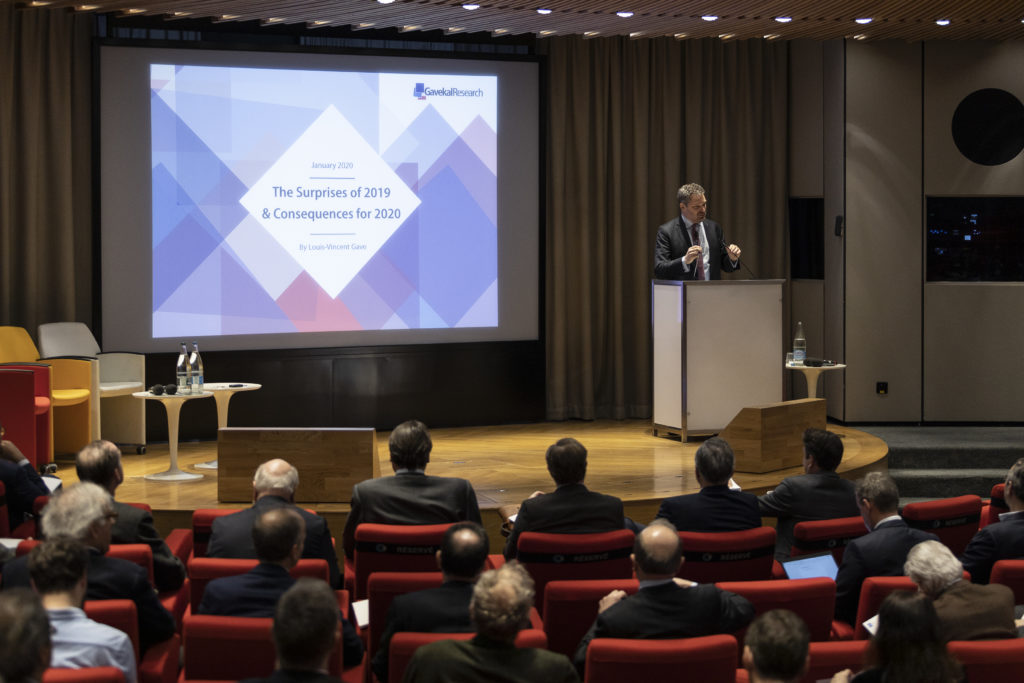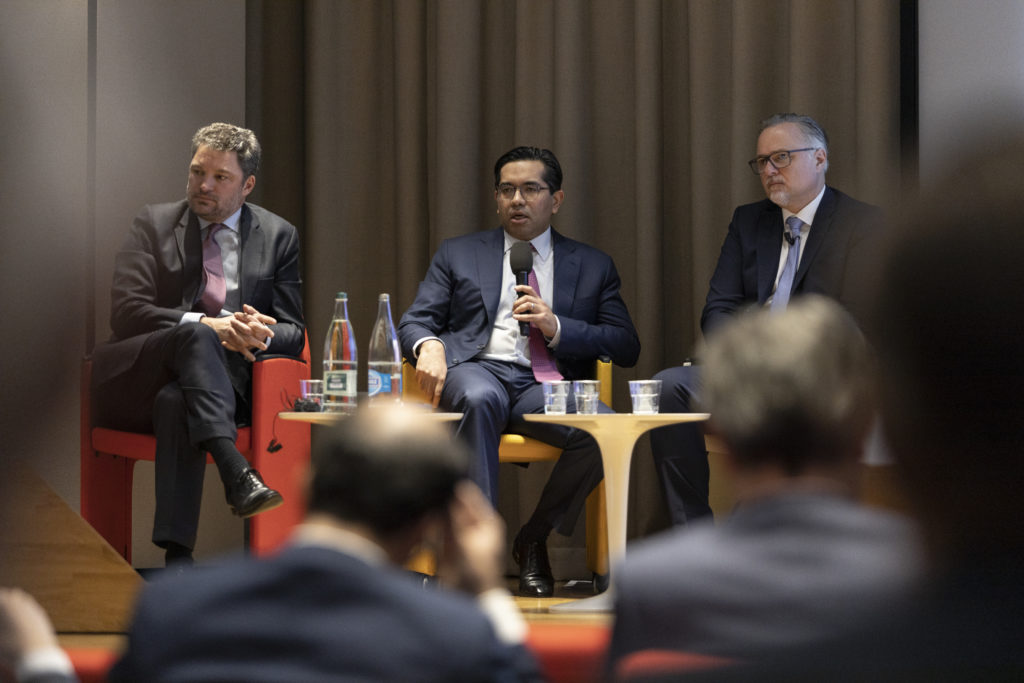Notz Stucki Investment Conference – 14 January 2020

2019 was a great year for financial assets with every major market rising, some of them strongly, such as oil and the S&P 500. Against this backdrop there were some surprises which may have significant influence as we head into 2020. The meeting discussed four of these. First the breakdown of the China/HK relationship. Second the Fed reversing its tightening policy and restarting QE. Third, the unprecedented situation of $17tn of negative yielding bonds that was reached in August. Finally the divergence between the oil price and the performance of energy stocks; oil was the best performing asset of the year, but energy was the worst performing sector in the S&P.
Xi Xinping is the first Chinese President who has had a foreign policy of significance. Under his leadership China has adopted an imperial vision with its belts and roads policy which aims to tie China into the world and make it more central in global trade. To finance all the infrastructure surrounding this project required a deep, liquid financial centre which China was fortunate to inherit from the British with Hong Kong. However Hong Kong’s role was compromised by the elections in November when, with a big turnout, the population voted emphatically for the pro-democracy parties. Effectively 70% of the electorate voted against Beijing. As a result China will promote Shanghai and Shenzhen as alternatives, but for them to be credible China needs to take off capital controls, and this a risky process in a command economy. However it is because of this that official pronouncements from China have changed more from threats to devalue the RMB, to announcements talking of a strong currency supported by positive interest rates in line with Chinese people’s savings culture.
In the last quarter the Fed reversed its monetary tightening and restarted QE. They did this when the repo market broke down in September, and they started adding $60 billion a month to ensure it worked smoothly. Why did the repo market break down? It is not clear but it may have been caused partly by the fact that the borrowing needs of the US government are so enormous now that the private sector cannot absorb them, and so the Fed has to step in to maintain stability. From 2010 to 2016 US Government spending was flat (due to the constraints imposed by the Tea Party), but now it has exploded. The budget deficit now runs at $5.6bn a day, and the Fed funds between a third and half this. The Fed is scheduled to end this support in March, but in an election year the likelihood is that it will continue. In effect MMT has arrived, and it is noticeable that since the Fed reversed course the dollar has fallen.
The negative yields in bond markets represent the biggest bubble in financial history. It seems extraordinary that this happens at a time of monetary and fiscal profligacy. It rests on two pillars. The first is that interest rates will never go up again, and the second that investor demand for bonds will remain strong. The first pillar remains as strong as ever, but the second is wobbling a bit. Markets became more sceptical last year of assets with stretched valuations, as evidenced by the collapse of WeWork, and a sharp derating of companies like Uber. This scepticism could one day extend to the idea of paying to own an asset whose raison d’être was to pay you. Another development was that Sweden raised interest rates after judging that negative interest rates had not improved growth but had done significant damage to the financial sector and pensions. Sweden was an early adopter of negative rates, but their move will at least raise the level of debate in other Central Banks. More fundamentally, negative rates will start to battle with rising inflation figures. The US CPI is at a ten year high. More inflation may be in the pipeline – many of the riots and discontent seen around the world stem from the loss of purchasing power by workers. With labour markets tight, wages have the capacity to rise. In any event the ability of the negative interest rates’ bubble to expand further seems limited as governments turn more to fiscal measures. The new ECB Chairman said in her first speech that fiscal deficits should rise.

Finally what will come of the disconnect between the oil price and oil stocks? The oil price rise exceeded the S&P gain in 2019, but oil stocks were the worst performing sector in that index. This is even odder given that analysts predict that the energy sector’s earnings will be the strongest in 2020. There has been little new investment in the sector in recent years, and oil is a finite resource. There is a strong likelihood that it may break out upwards from the $40-60 trading range that it has been in the last few years.
Some of the assumptions that underlay 2019’s strong performance may be challenged in 2020. Inflation and the US dollar will need close watching. Inflation could rise further as a result of higher energy prices, or labour costs. Politics is an influence on both, and in the case of labour the increase in nationalism and consequent pressure to reduce flows of labour and immigration could lead to labour shortages. This takes place in the context of budget deterioration almost everywhere. For the investor it is time to look at currencies beyond the dollar – in the emerging market bloc, Australian dollar, Canadian dollar, sterling and gold. Negative yielding bonds should be sold, and only selective Emerging Market debt offers much interest in the fixed income space. In equity markets investors should start to look outside the US to the Japanese, European and Emerging Markets, and to sectors like energy and biotech.

Please here to access the speakers’ presentations.